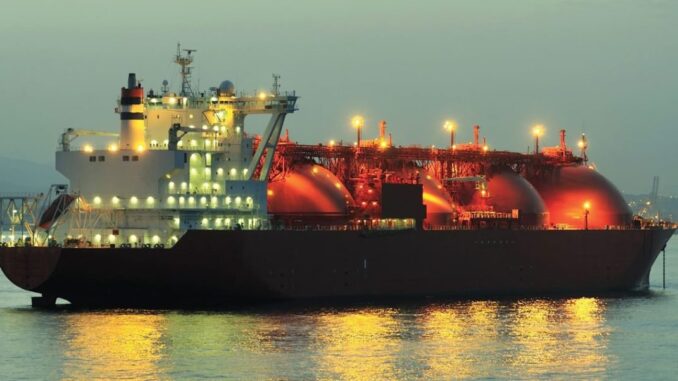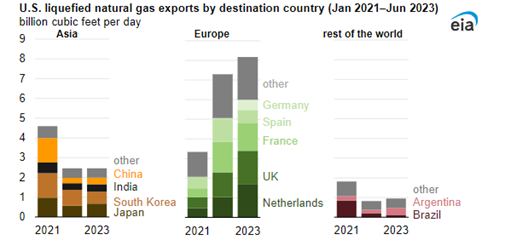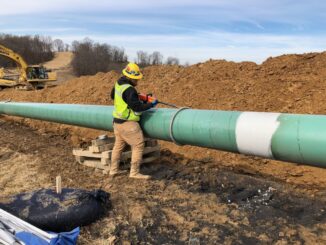
As elites gather in New York City for Climate Week, record-breaking future supplies of natural gas and exports are lifting America’s energy and future environmental gains to new heights.
Last week, data from the federal Energy Information Administration (EIA) reported the U.S. outpaced Qatar and Australia by exporting the largest amount of liquefied natural gas (LNG) of any nation in the world during the first half of 2023. In addition, the Potential Gas Committee’s (PGC) biennial assessment confirmed future natural gas supplies in the U.S. are at their highest level on record, with the Appalachian Basin providing the lion’s share.
“We feel natural gas is going to continue to play a major role,” said Tony Gaudlip, Range Resources’ vice president of operational planning, in regards to the United States’ standing as a global energy producer
Clean, affordable, and reliable natural gas is the world’s most important tool to reduce greenhouse gas emissions across the globe while also helping billions of people who are suffering from energy poverty. Europe continues to experience energy challenges due to unstable production and reduced dependence on Russian energy, both of which have enhanced the need for energy from a reliable supplier like the United States.
In the first half of the year, allied nations including the UK, Netherlands, France, Spain, and Germany combined received 50% of U.S. LNG exports, according to EIA.

With Appalachia supplying roughly a third of America’s total natural gas production, our nation’s ability to respond to growing international demand, particularly that of our allies, is largely dependent on increased natural gas production from Appalachia and the necessary infrastructure to move it to market.
The PGC calculates we have a 100-year resource of natural gas with its proven and estimated supply, fueled by the reserves in the Atlantic region, which includes Pennsylvania.

Across the country, gas supplies totaled 3,978 trillion cubic feet (Tcf) in 2022, an increase of 3.6% from the year-end estimate in 2020.
“All of the increases in the Atlantic Area’s assessment since 2016 arose from ongoing evaluation of Appalachian basin shales, predominantly the prolific Marcellus in Pennsylvania and West Virginia,” the committee’s report noted.
The dawn of modern, unconventional natural gas development is facilitating this energy revolution, allowing us to produce more energy with limited environmental impact. In addition to driving economic opportunity and environmental progress in the communities where they’re located, end-use projects like manufacturing facilities, clean power generation and export terminals drive capital investments and the resulting tax revenue and family-sustaining jobs.
The news from the PGC and EIA confirm that Pennsylvania natural gas will continue to be critical in meeting both domestic and global energy demands. However, our ability to realize the full potential of this tremendous regional resource is reliant upon sound permitting policies that encourage infrastructure development and increased domestic production, rather than the imposition of regulatory hurdles that hinder development, transportation and use.
“Think about it,” EQT’s Toby Rice said in an interview with Hart Energy, “the biggest gas field in the world, the Marcellus, is doing about 35 [bcf] a day. We’re saying we could double it. We need the infrastructure to make that happen.”
And where the infrastructure needs to be, Rice said, “is real simple: … How about putting the infrastructure next to where the production is?”



